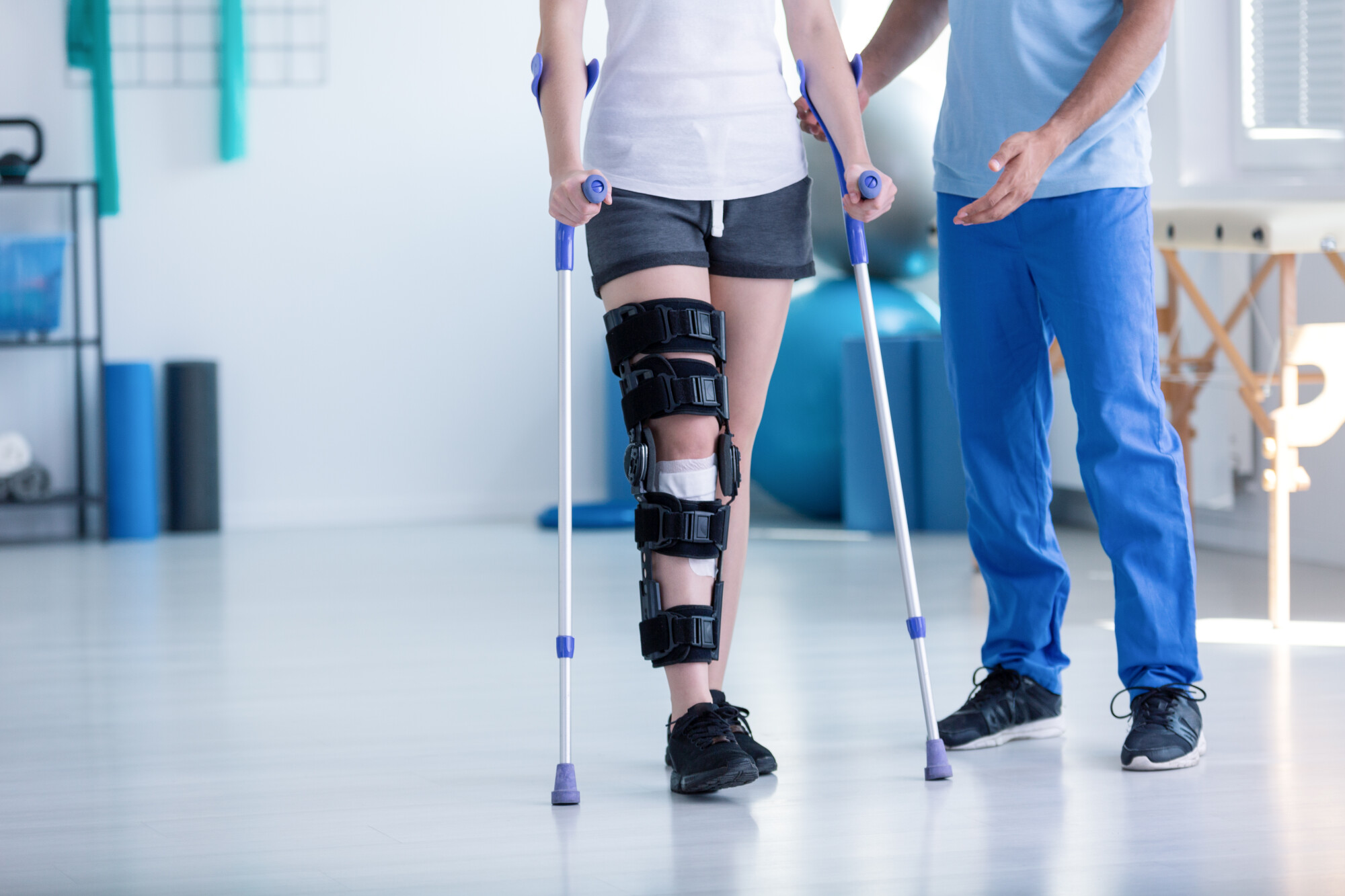Rotator cuff injuries are a common bane for athletes, particularly those involved in sports requiring repetitive shoulder movements like baseball, tennis, and swimming. These injuries can sideline even the most seasoned athletes, making prevention and effective treatment crucial for maintaining peak performance. In this post, we’ll delve into why these injuries occur, how to prevent them, and the best treatment strategies to get athletes back in the game.
Understanding Rotator Cuff Injuries in Athletes
The rotator cuff is a group of four muscles and their tendons that stabilize the shoulder joint and allow for a wide range of movements. Given its crucial role, it’s no surprise that the rotator cuff is prone to injuries, especially in sports involving repetitive overhead motions.
Common Causes
- Overuse: Continuous strain from repetitive activities can lead to tendinitis or small tears.
- Poor Technique: Incorrect form can put unnecessary stress on the shoulder.
- Lack of Conditioning: Weak or imbalanced shoulder muscles increase the risk of injury.
Symptoms to Watch Out For
Early detection of a rotator cuff injury can prevent further damage. Athletes should be aware of:
- Persistent shoulder pain, especially during or after activity.
- Weakness when lifting or rotating the arm.
- A decrease in the range of motion.
- A clicking or popping sensation in the shoulder.
Prevention Strategies
Preventing rotator cuff surgery requires a proactive approach focused on strength, flexibility, and proper technique. Strengthening exercises are crucial; incorporating resistance band workouts can help stabilize the joint by strengthening the surrounding muscles. Additionally, including rotator cuff-specific exercises, such as internal and external rotations, directly targets and fortifies the rotator cuff. Flexibility and stretching play an essential role as well. Regularly stretching the shoulder and surrounding muscles maintains flexibility and reduces tension. Dynamic stretches before activity and static stretches afterward are particularly effective. Ensuring proper technique is another critical aspect. Working with coaches or trainers can help athletes maintain correct form, which significantly reduces the risk of injury. It’s also important to avoid overexertion by adhering to recommended training limits and taking regular breaks.
Treatment Options
If an athlete does sustain a rotator cuff injury, prompt and effective treatment is essential.
Rest and Ice:
- Rest the shoulder and apply ice to reduce inflammation and pain in the initial stages.
Physical Therapy:
- A tailored rehabilitation program focusing on gentle stretching and strengthening exercises can help restore function.
- Gradual progression under the guidance of a physical therapist ensures safe recovery.
Medications:
- Nonsteroidal anti-inflammatory drugs (NSAIDs) can alleviate pain and inflammation.
- Corticosteroid injections may be recommended for severe cases to reduce swelling.
Surgical Intervention:
- In cases of significant tears or when conservative treatments fail, surgery might be necessary.
- Arthroscopic surgery is a minimally invasive option that allows for a quicker recovery.
Recovery and Return to Sport:
- Recovery time varies depending on the injury’s severity and the treatment approach. Adhering to a structured rehabilitation program is key.
- Athletes should gradually return to their sport, starting with light activities and slowly increasing intensity.
Conclusion
Rotator cuff injuries can be a serious setback for athletes, but with the right prevention and treatment strategies, they don’t have to be career-ending. Focusing on strengthening, flexibility, and proper technique can go a long way in keeping the rotator cuff healthy. Should an injury occur, early diagnosis and a comprehensive treatment plan are crucial for a successful return to sport. By taking these steps, athletes can ensure their shoulders remain strong and resilient, allowing them to continue performing at their best.



